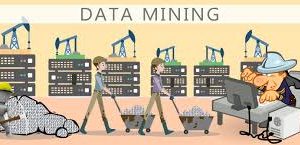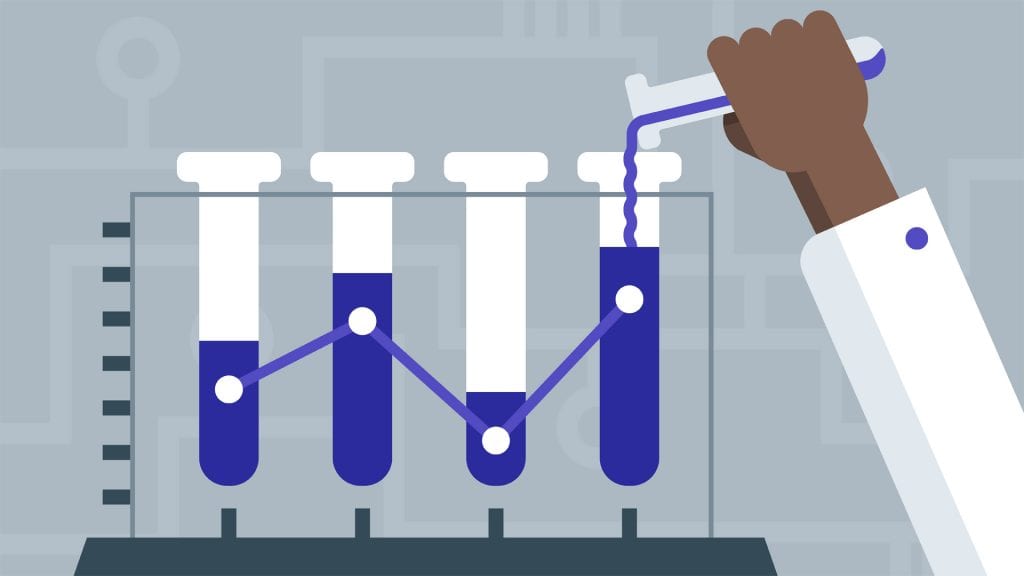The business technology arena has witnessed major transformations in the present decade. The surge in the utilization of mobile software and cloud services has forged a new type of relationship between IT and business processes. Terminologies such as business intelligence, big data, and data mining constitute important elements of this shift. These terms often carry almost similar meanings, and users end up being confused in such cases. To get a transparent picture of the difference between BI and Data Mining, it’s essential that we thoroughly understand both the terms separately.
BI reaches beyond the scope of data collection and crunching, to identify the companies which can benefit from big data and data mining. BI includes the business processes and data analysis techniques which help collating enterprise data. Data scientists leverage BI tools to generate, aggregate, analyze, and visualize data, which in turn help businesses take better decisions.
On the other hand, data mining specialists work with large data sets to identify insightful trends and patterns. Data analysts often end up overlooking key parameters that could help their companies excel, due to the information overload. The process essentially entails deriving answers to issues you didn’t know you were looking for beforehand. The definitions to these techniques hardly differentiate them, but practical applications of the same gives us a more vivid picture.
Defining Business Intelligence in the present era

Business Intelligence transcends beyond the scope of data, to delve into aspects such as the actual use of insights generated by business leaders. The banner of BI spans across data generation, data aggregation, data analysis, and data visualization techniques, which facilitate business management. In other words, BI entails several processes and procedures to support data collection, sharing, and reporting for better decision-making.
In recent years, tools have replaced most of the BI staff, who traditionally furnished reports and graphs to support decision making process. These tools enable business users to generate their own reports and visualizations, and share the same with colleagues. The widespread use of these tools has given rise to an enterprise culture, referred to as self-service BI.
Moreover, organizations use BI to improve decision making, reduce expenses, and identify new business opportunities. The term BI goes beyond the scope of corporate reporting. CEOs often use BI tools to find inefficient business processes, which could be re-engineered.
Comprehending Data Mining as a technology

It is almost impossible to ascertain that a user didn’t overlook an important piece of data during the analysis phase. This missed detail might hold key information to improving performance. Data Mining comes handy in such a scenario, allowing users to sift through all the data, in an objective to identify previously unrecognized patterns. Enterprises are strictly focusing these days on hiring data scientists, and experts in statistics and computer science to identify the hidden actionable information.
Data mining software are built to allow users to analyze data from different dimensions or angles, categorize it, and summarize the relationships as identified. Enterprises leverage robust computers to browse through copious volumes of data or analyze market research reports for years. The accuracy of analysis has increased significantly over the years owing to the innovations in computer processing power, disk storage, and statistical software. This has simultaneously driven down the cost of implementing data mining techniques.
Some key aspects differentiating BI and Data Mining:
- Virtue of the solution: BI is volumetric in nature and involves monitoring performance of KPIs. On the other hand, data mining utilizes scientific methodology and algorithms to discover data patterns and behaviors. Besides, it helps identify management blind spots and furnishes intense case-by-case statistical analysis.
- Style of analysis: BI reflects only upon past data in small or large scale. The system doesn’t showcase any intelligence, and only the management professionals can interpret the information for better decision making. Data mining technique relies on computational intelligence to discover relevant business factors on small scale. This technique entails that management professionals work closely with data analysts.
- Results expected: BI provides dashboards with consolidated views of the KPIs in graphics and charts, while data mining furnishes reports with recommendations for strategic decision making.
- Focus of the approach: BI strictly helps in monitoring indicators such as price, value, temperature, total cost, etc. Data mining, on the other hand, identifies data patterns, creating new analysis indicators for BI.
- Volume of Data: BI techniques usually introduce large datasets; however, they are limited to the processing of relational databases. Data mining involves smaller datasets, accompanying higher data processing expenses.

























